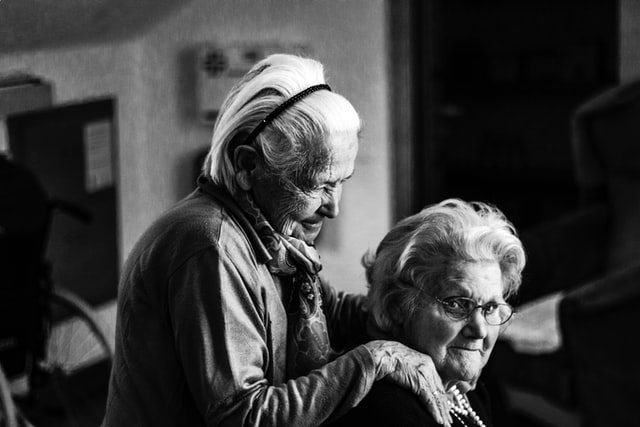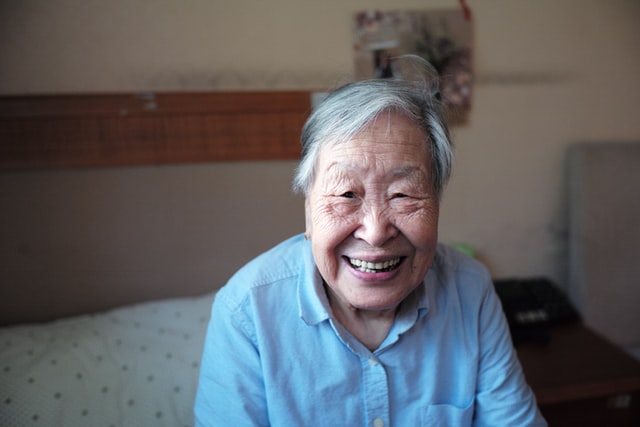
Over 5 million older people are abused, neglected, or exploited each year.
On June 15th, World Elder Abuse Awareness Day (WEAAD) is celebrated every year. Following a request by the International Network for the Prevention of Elder Abuse (INPEA), the United Nations General Assembly officially recognized it in its resolution 66/127 in December 2011. It is the one day of the year when the entire world comes together to criticize the abuse and suffering inflicted on some of our forefathers and mothers.
Also Read: Is The Next Global Mental Health Crisis About Climate Change?
According to the National Council on Aging (NCOA), one out of every ten people over 60 has been the victim of elder abuse. Usually, an adult child, spouse, or family member is responsible for more than half of reported elder abuse cases.
However, much about elder abuse is hidden, and proper research can be challenging. According to one analysis, only one out of every fourteen elder abuse cases is reported to authorities. It’s critical to raise awareness about the realities of elder abuse. To encourage more seniors to speak up about it, World Elder Abuse Awareness Day, which falls on June 15, is an excellent place to start.
How to Recognize the Signs of Elder Abuse
You must be conscious of the warning signs of elder abuse to report it. These signs vary depending on the type of abuse being to blame for. We’ve divided it into five types of abuse:
1. Physical Abuse:
When an older adult is physically abused, physical signs such as bruising, pressure marks, broken bones, abrasions, and even burn marks will appear on their body.
2. Emotional Abuse:
Emotional abuse is more difficult to detect, but it is not impossible.
Suppose your loved one is withdrawing from regular activities without any explanation, experiencing depression, or having frequent arguments with caregivers. In that case, it could mean that they are being emotionally abused.
Also read: What Are The Unseen Mental Health Effects Of Bullying
3. Financial Abuse:
Unfortunately, financial abuse is too common, costing older Americans $36.5 billion per year. Abuse can take many forms, including personal theft from bank accounts by family members or fraud done by spouses, such as Social Security and Medicare scams.
4. Neglect:
When older adults are neglected, they are not receiving the level of care they require to stay healthy and thrive.
Neglection can include failing to provide physical or medical care, leading to bedsores; failing to provide meals, leading to malnutrition. Providing general daily care services leads to poor hygiene.
5. Verbal Abuse:
Verbal abuse is a type of psychological abuse in which a person is made to feel inferior or unworthy.
The abuser uses belittling comments and threats to gain power and control over the older abused person, who may not even realize the extent of the harm being done to them.

Takeaway
In our society, older adults are marginalized and even dismissed daily in subtle and obvious ways. It’s visible in our actions, such as talking louder to an older person and ignoring them. And it’s in our attitudes when we ignore older people or make them believe that being young is better than being old.
Age discrimination ignores the advantages and strengths of aging while worsening our fears of growing old.
Worse yet, age discrimination encourages a culture that overlooks and tolerates elder abuse, allowing older people to be abused indefinitely.
It’s easy to see wrongdoing and remain silent, whether senior abuse or something else. However, this holiday reminds us how critical it is to care for and protect our fellow humans. It serves as a daily reminder to practice compassion and care for others rather than just ourselves.

